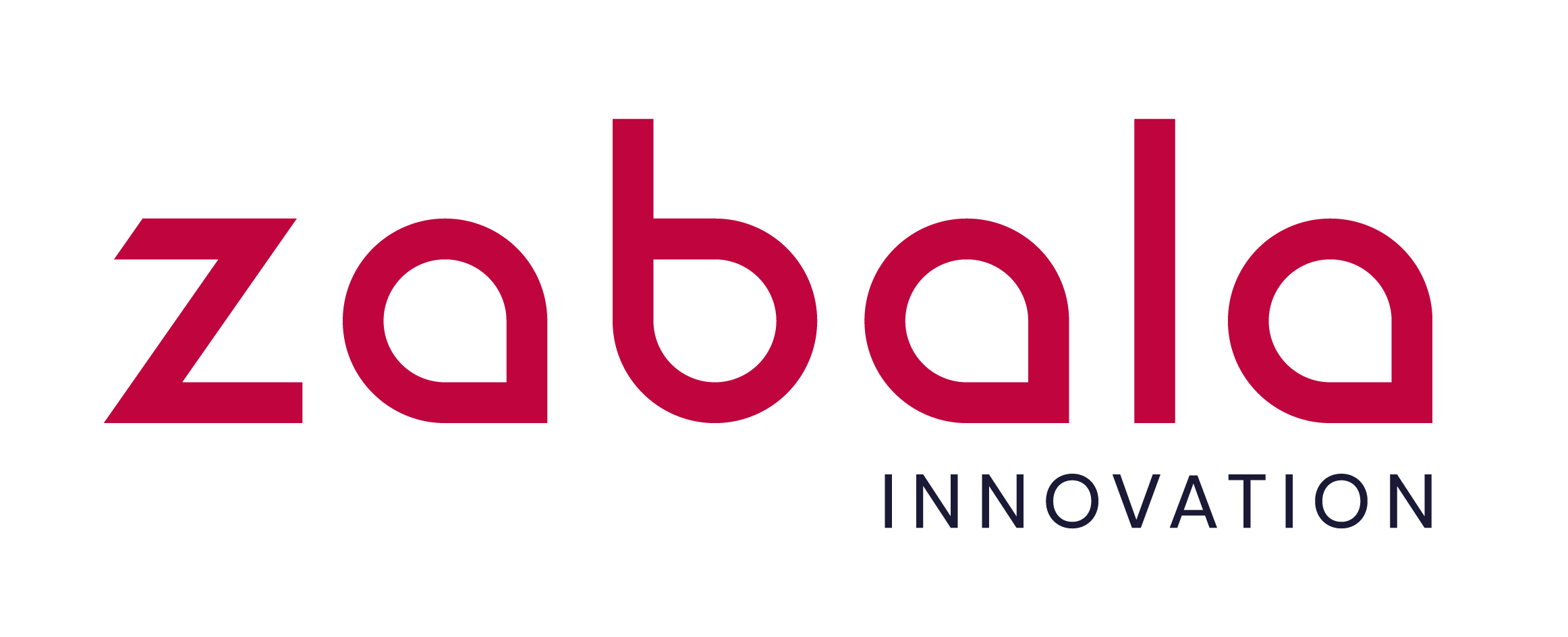In this article, we will explore how RFID technology is revolutionizing inventory management in the fashion retail world.
RFID Tags for Apparel in Retail: How to Choose the Right Ones?
In today’s retail industry, efficiency and accuracy are key factors for success. A technology that has revolutionized the way retailers manage their inventory is Radio Frequency Identification (RFID). Specifically, when it comes to apparel, RFID tags have become an essential tool to streamline processes and enhance the customer experience. In this article, we’ll explore the importance of RFID tags for apparel in retail and provide guidelines for choosing the right ones.
What Are RFID Tags for Apparel in Retail?
RFID tags for apparel in retail are small electronic devices that use radio waves to transmit information. These tags typically contain a microchip and an antenna. When placed on clothing or apparel items, they can wirelessly store and transmit data. By using RFID technology, retailers can track and manage their inventory in real-time, improving efficiency and reducing losses.
Advantages of Using RFID Tags for Apparel in Retail
Implementing RFID tags for apparel in retail offers numerous benefits that can have a significant impact on a business’s finances. Let’s look at some of the key advantages:
Improved Inventory Management
With RFID tags, retailers can accurately track inventory levels in real-time. Traditional barcode systems require manual scanning, which is time-consuming and prone to errors. RFID tags, on the other hand, allow for automated scanning, enabling faster and more accurate inventory counts. This real-time visibility empowers retailers to optimize their stock levels, minimize out-of-stock situations, and quickly identify theft or losses.
Streamlined Stock Replenishment
RFID tags can streamline the stock replenishment process. By strategically placing RFID readers throughout the store, retailers can identify which items need restocking and where they are located. This information enables employees to quickly locate items, saving time and enhancing customer service. With RFID technology, replenishment can be done more efficiently, ensuring that popular items are always available.
Enhanced Customer Experience
RFID tags provide a seamless and frictionless shopping experience for customers. For example, with RFID-enabled fitting rooms, customers can easily check the availability of items in different sizes or colors without leaving the fitting room. Additionally, RFID technology can facilitate self-service payments, further reducing wait times and simplifying the purchasing process.
Loss Prevention
RFID tags act as a deterrent against theft and help identify potential losses. If an item exits the store without being properly purchased, RFID readers at the store exit can trigger an alarm to alert staff. This proactive approach to loss prevention minimizes the chances of theft in stores and helps maintain accurate inventory records.
How to Choose the Right RFID Tags for Apparel in Retail
When selecting RFID tags for apparel in retail, several factors should be taken into account:
Tag Performance
Ensure that the chosen RFID tags provide reliable performance in retail environments. Factors such as read range, durability, and resistance to water or heat should be evaluated to ensure the tags meet the specific requirements of your store.
Tag Size and Design
The size and design of RFID tags are crucial considerations. Apparel items come in different sizes and materials, so it’s essential to choose tags that can be easily applied to various garments. Smaller, discreet tags with strong adhesive or sewing options are ideal to avoid altering the appearance or comfort of the clothing.
Tag Compatibility
Ensure that the chosen RFID tags are compatible with your existing technological infrastructure. This includes RFID readers and software used to track and manage inventory. Investing in compatible tags ensures a seamless integration and avoids additional costs or system compatibility issues.
Cost-Effectiveness
Consider the overall cost of implementing RFID tags for apparel in retail. Evaluate factors such as tag price, installation costs, and potential return on investment. While RFID tags may involve an initial investment, the long-term benefits they provide often outweigh the costs.
RFID tags for apparel in retail bring significant advantages for inventory management, stock replenishment, customer experience, and loss prevention. By choosing the right RFID tags based on performance, size and design, compatibility, and cost-effectiveness, retailers can maximize the benefits and steer their businesses towards greater success in today’s competitive retail landscape.
Contact us for more information focused on your needs. If you wish to receive information about RFID technology, subscribe to our magazine.






